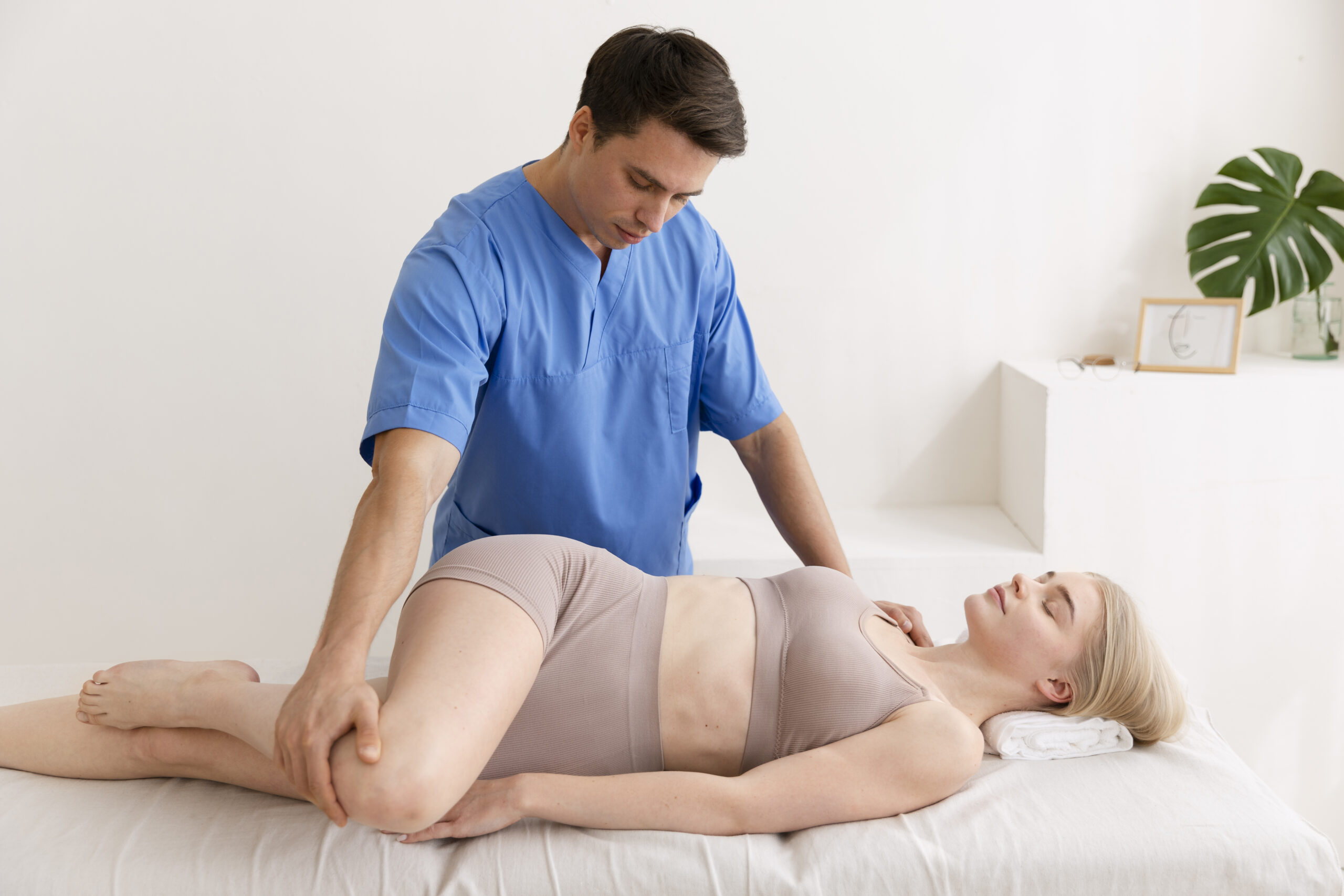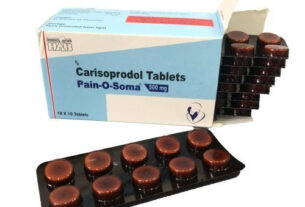During pregnancy, the mother-to-be’s body will have to make adaptation efforts to cope with the mechanical constraints associated with the baby’s growth. The maternal pelvis, spine, and abdominal cavity will organize themselves in such a way as to respond to the mechanical and physiological constraints generated by the baby.
Understanding the mechanisms and benefits of osteopathy during pregnancy
In osteopathy, one rule is essential and applies perfectly to this period of life which is pregnancy: “Structure governs function”. In summary, if an organ is well placed, symmetrical, and in harmony with its environment, particularly in relation to its ligamentous mooring system, the function of this organ is improved.
Thus, during pregnancy, the development of the fetus will be optimal as long as the maternal environment is balanced and without disruptive tension. However, if the mother’s internal organs are poorly positioned, uterine growth will be asymmetrical. The baby will be “pushed back” and will have to adopt more or less comfortable contortions to maintain its growth.
During the session, the baby feels the maternal organs relax and return to their place, and in an instant, it occupies the space freed by the osteopath pregnancy and can move again as it pleases.
Why consult?
Osteopathy during pregnancy has 2 objectives:
Relieve pregnancy-related discomforts and pains from the end of the first trimester
- Participate in the postural adaptation of the mother
- Around the baby in a dynamic of comfort and prevention.
The harmony of the baby and its comfort depend partly on the balance of the maternal organism. The osteopath pregnancy allows the child to grow in a favorable and harmonious environment.
As a preventive measure
Without necessarily causing pain for the harmony between mother and baby and the comfort of the mother. It is possible to consult at any time after the first trimester. Monitoring the mother during pregnancy is also preventive work on future blockages of the baby (comma position, flat head, torticollis)
As soon as persistent symptoms appear such as:
- Lower back, back, and neck pain
- Sciatica type pain
- Pelvic, coccyx, and pubic pain
- Ligament pain related to the uterus (lower abdomen, inner thighs)
- Digestive disorders: heartburn, digestive discomfort…
- Preparing the perineal muscles
- Some cases of hypercontractile uterus responsible for threatened premature delivery
- Unexplained cases of intrauterine growth retardation
A preparatory consultation for childbirth
It is strongly recommended to see an osteopath pregnancy during the 9th month so that the latter can check and correct the blockages of the bony and musculo-ligamentous elements of the pelvis. To come into the world, the baby will have to make its way into the maternal pelvis. It will position its head so as to insinuate itself into the diameters of the pelvis. It is the bony contacts of the maternal pelvis that it will encounter on its way that will guide it and force it to turn its head in this or that direction.
During the last stage of childbirth, the baby’s head will come to rest on the pubis. If the latter is asymmetrical, the support of the head will also be asymmetrical and will cause, in many cases, a lack of progression of the baby and sometimes even cervical blockages in the newborn.
The importance of the perineum in childbirth and how osteopathy enhances its function
The floor is formed by the muscles that close the pelvis and support the vaginal, urinary, and anal orifices. This musculature plays a major role during childbirth because these are the muscles that serve as a support point for the baby’s head to perform the final rotation during expulsion. The osteopath pregnancy will check the tone of these muscles and will be able to collaborate with the midwives in perineal rehabilitation work.



